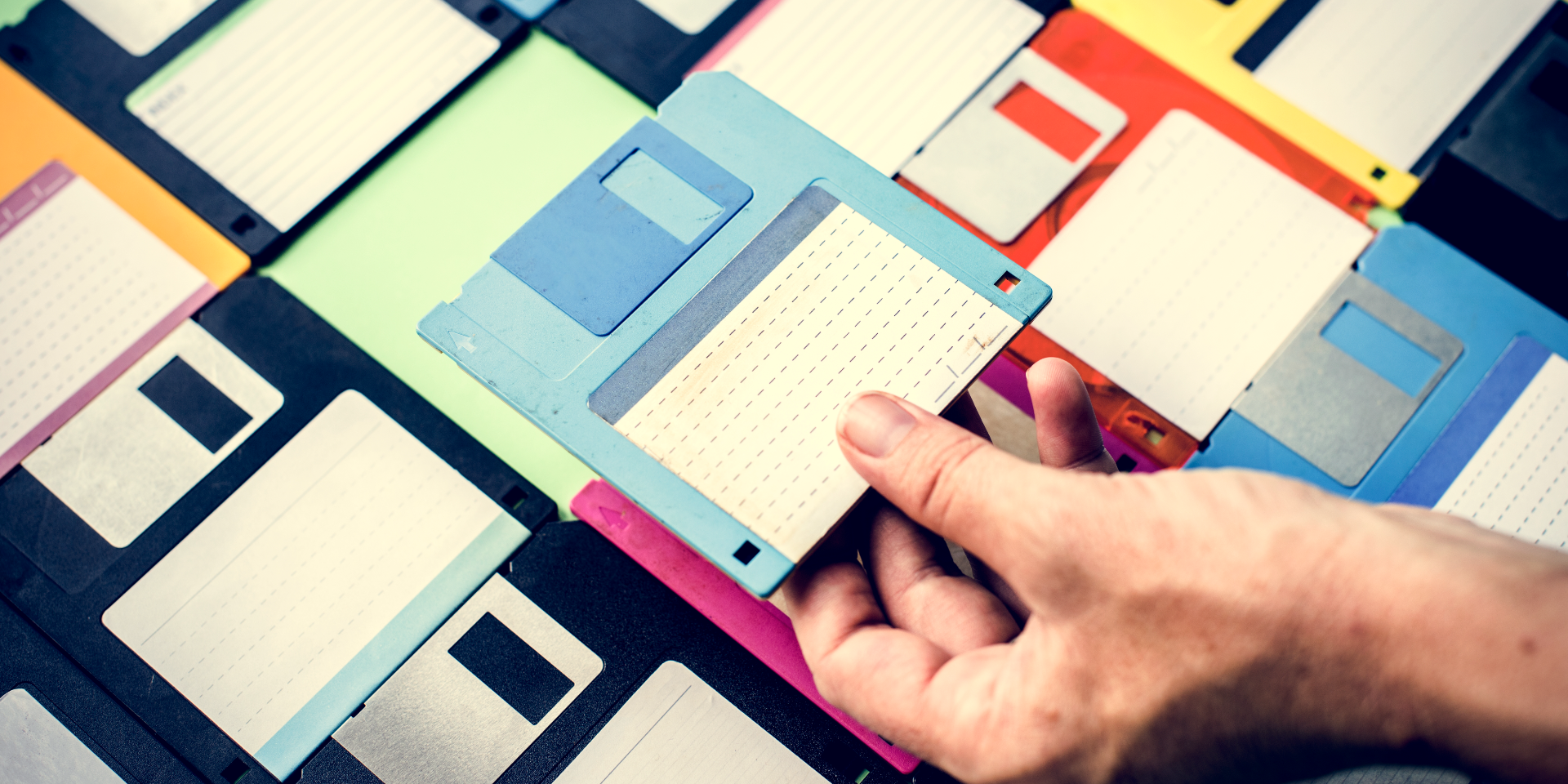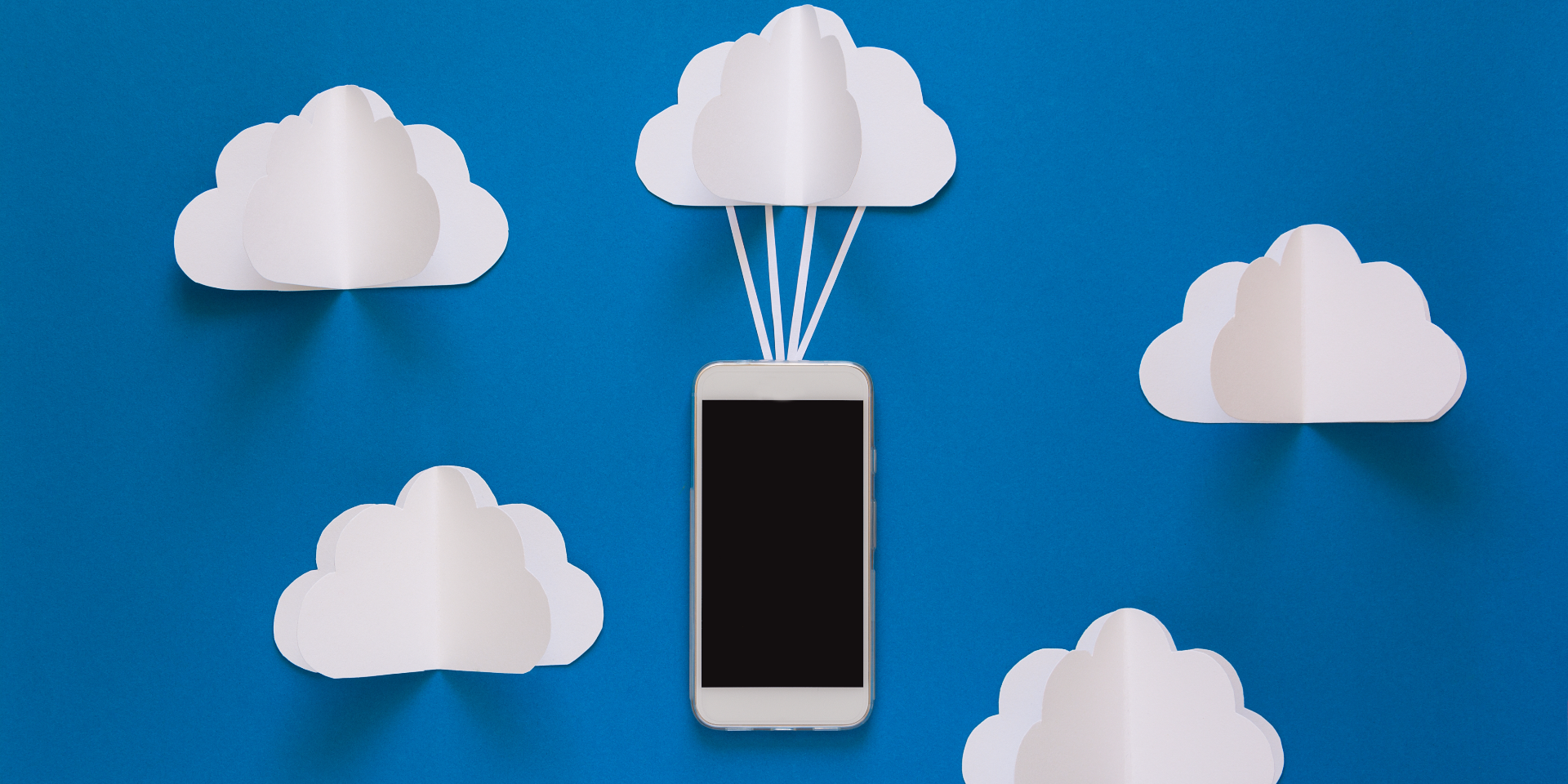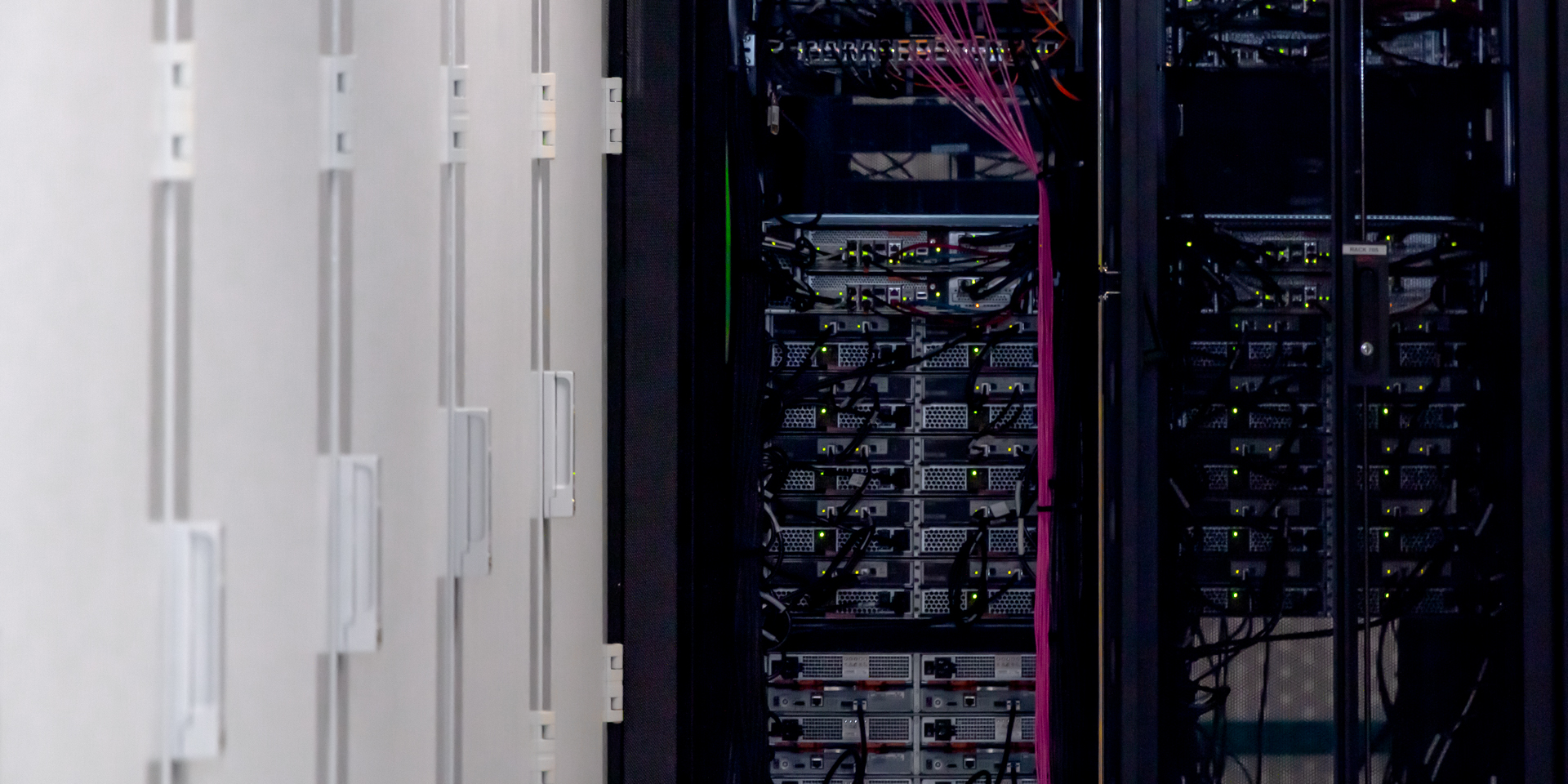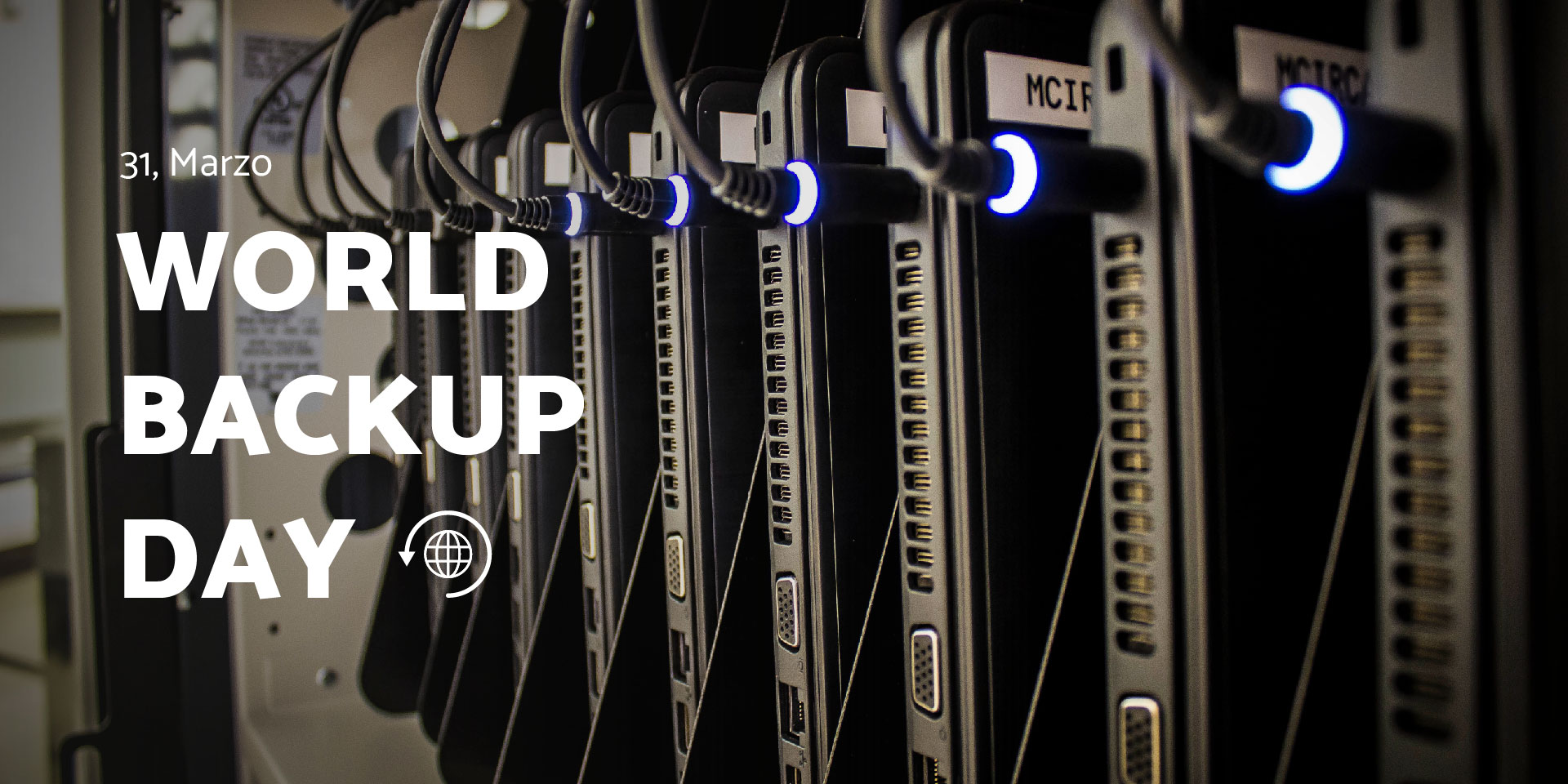
Storage History; from Punch Cards to the Cloud
Storage History; from Punch Cards to the Cloud
Currently, we're used to having highly developed computing storage with high capacities, but it wasn't always like that.

Do you remember when you kept lots of floppy disks stored? Those plastic squares with a disk inside that allowed you to store what you know today to be a tiny amount of data. It's been quite a while since we started storing data in computing platforms, right?
Everything started 70 years ago...
Data storage beginings date back before floppy disks appeared. We talk about punch cards, which through the binary code allowed people to store data. While those punch cards date back to 1725, when French Basile Bouchon and Jean-Baptiste Falcon, used paper rolls to perforate them to control their textile weaver, it wasn't until the fifties when they started being marketed, by IBM, as the main source of income and data storage globally.
Years later, almost reaching the 60s, magnetic tapes started being used for data storage. Mainly known popularly as the VHS tape or cassettes, they became an important development in computing history. The amount of storage they offered compared to punch cards was a lot bigger, a single tape, which could reach 10MB, could replace 10.000 cards.
When floppy disks appeared, computing data storage started expanding towards other domains
Now we do reach the time of floppy disks. They were first of 5,25” in the 70s, and years later in the 80s, there were those of 3’5”. Here computing data storage started spreading towards other domains, such as the video game floppy disks. In the 80s, floppy disks offered a capacity of 1,44MB of storage, which equals almost 400 text pages. A global milestone.
After that, in the 90s, storage development started accellerating, ZIP Disks appeared, which had a capacity of 100MB, high speed and as a new feature, they allowed users to back up their hard drives as well as transfer big files easily.
Cloud storage allows to access data anywhere with Internet connection and in addition, it has almost unlimited capacity
One of the big revolutionary developments was the arrival of the CD-Rom. A great improvement that reached industries such as the music or the theater industries, as well as that of video games and other markets. Its capacity comprised 700 MB, 450 times that of a floppy disk.
In the 20th Century, computing revolution kept on going at high spped. Flash units, better known as USB, and external hard drives were a turning point for end users that stored any information. Both of them came with a new possibility, that of recording and modifying data, and their capacity started being measured in GB. Today, any user has a common USB available where to store 16, 32, 64 GB, or an exernal hard drive of 1000 GB, or, 1TB.

And finally… the cloud
Currently both individual users and business organizations use a different storing system called the cloud. That is none other than a computing service that processes and stores data through a network of interconnected servers. Nowadays, cloud computing is the main technology regarding IT service providing, and as for storage, it allows to access data anywhere with Internet connection, and it also has almost unlimited capacity.
Currently, the storage world is within a convergence process between physical storage and new trends, among which we should highlight that of big data, hyperconvergence or flash storage.

OneVision. Monitor all of your company's cloud services in a single platform
Simple. Fast. No complex installations.
How do I choose the best cloud?
The cloud represents today endless advantages that make it a very interesting service, both for individual users as well as for businesses. The market offer is broad and at first one would say there is not much difference between some services and others, but it is always better to see the details and individually analyze features such as:
- Costs: Maybe it is the point clients tend to look at the most when purchasing. Providers usually offer different subsciption models depending on the storage volume, but also depending on the features they can provide.
- Reliability and support: Cloud storage mainly has to do with service reliability and providing a good support that guarantees access to files at all times and that keeps the user informed about what's new, issues or changes.
- Usability: This plays a very important role. When hiring a storage service in the cloud, it should allow you to upload and download files intuitively from any kind of device, as well as allow you to work collaboratively smoothly.
- Security: It must be the most important issue to consider. While cloud services are also vulnerable, you should try to ensure them as much as possible. The provider must ensure the protection of all of the user's data and files. Currently, modern data centers, firewalls or backups are some of the most important security measures.
These might interest you...





